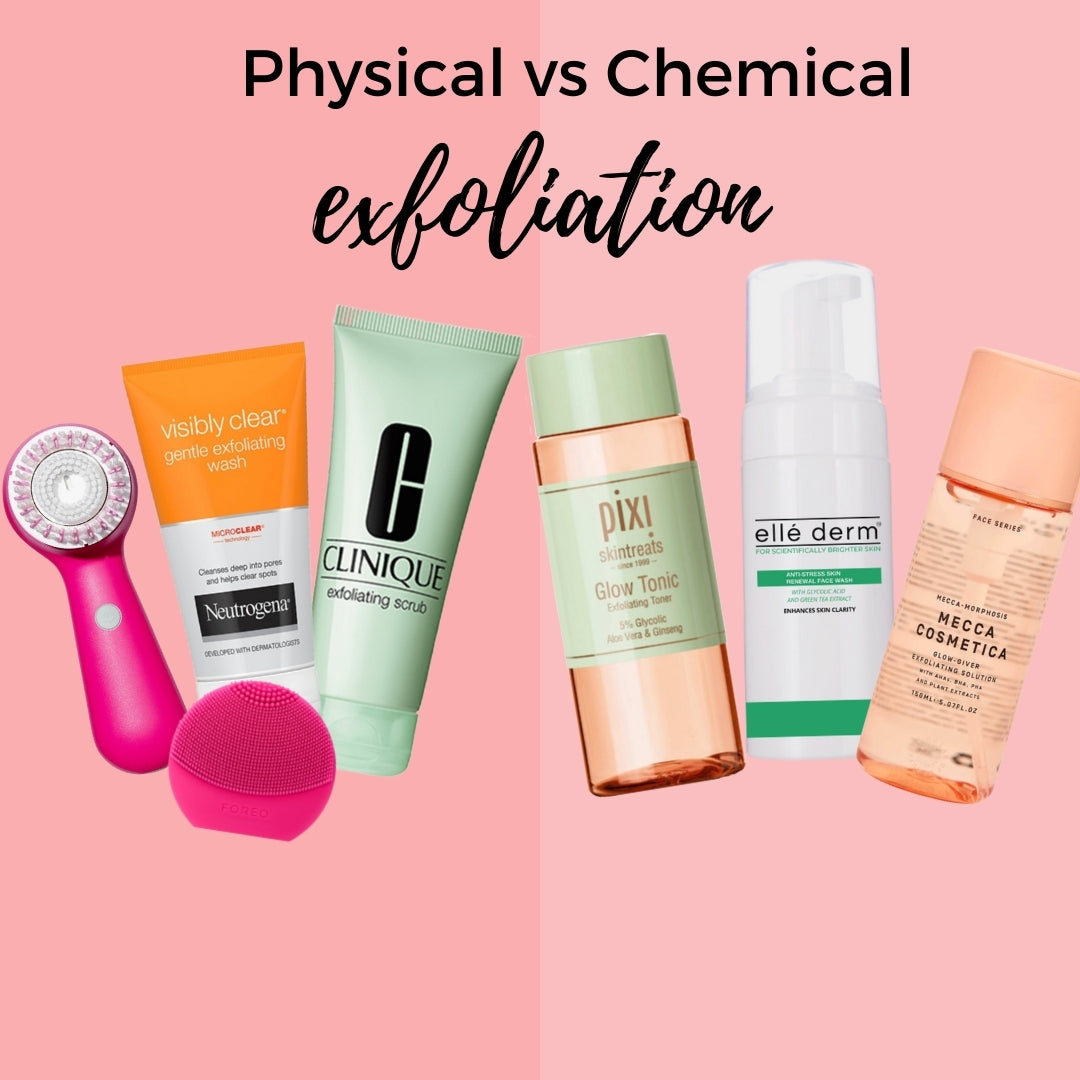What is your skin type? - The Fitzpatrick Skin Scale
When people ask "what is your skin type?", they are usually referring to the physiological state of your skin, which can vary depending on hydration level and the surrounding environment such as the weather, heaters and air conditioning.
Physiological skin type can be referred to as dry skin, oily skin, combination skin, normal or sensitive skin. There are three simple methods to determine what your physiological skin type is from home.
The other skin type, also known as a the Fitzpatrick Skin Type, describes the genetic components that make up your skins' biology, which is almost impossible to change.
What is the Fitzpatrick Skin System?
The Fitzpatrick skin system was developed in 1975 by American dermatologist Thomas B. Fitzpatrick as a way to determine the individuals tendency to burn or tan when exposed to ultraviolet (UV) light.
The use of the Fitzpatrick skin scale has proven valuable as a diagnostic and therapeutic tool for estimating exposure time to particular ultraviolet B (UVB), psoralen with ultraviolet A (PUVA) and laser treatments based on the individuals ability to produce melanin.
What does this mean in normal English?
In general, those with Skin Type I to Skin Type III have less active melanocytes. Their melanocytes produce less melanin. Members with Skin Types I to III are less prone to melasma or post-inflammatory hyperpigmentation (aka acne marks). In addition, people with Skin type I to III can tolerate higher-strength actives and their skin is more resilient against longer wavelength frequencies . Their skin condition is also less prone to hormonal fluctuation (this applies more to females).
In contrast, Skin type IV to VI beauties have larger and more active melanocytes. The melanocytes are also more sensitive and prone to post-inflammatory hyperpigmentation. Those with melanin-rich skin tone will generally experience hyperpigmentation (dark marks) from squeezing a pimple or an insect bite and this mark can persist for months. If you have this skin type, you know exactly what we are talking about!
Why skin type is important when it comes to skincare.
The Fitzpatrick skin system can be used to guide dosages of strong ingredients in skincare formulations. In general, if you are more prone to inflammation (aka have more melanin) you should choose super gentle ingredients, especially when it comes to treating melasma and acne / acne marks because many ingredients used to treat melasma and acne are usually quite strong. When there is constant inflammation, it is more likely to prolong hyperpigmentation or even make it worse. This is contrary to what you want.
A combination of ingredients that the different stages of melanin synthesis is recommended for optimal results. We have listed some of these hero ingredients below.
▪ Hydroquinone (although this is not recommended long term. Current practice suggests cycling three months on and discontinuing for three months).
▪ Low dose Vitamin C or Magnesium Ascorbate
▪ Soybean extract or Tumeric
Research has shown the most successful combination for treating dermal melasma or severe hyperpigmentation is a mix of hydroquinone, tretinoin, and a topical steroid. This formulation is only available on prescription. The strength of each ingredient will depend on your skin type and the severity of pigmentation - this is where customised compounding can be very useful. In general, those with skin type IV to VI should start on a low dose and titrate as tolerated.
Care should also be taken when choosing ingredients for Skin Types I to III (fair skin type) because anything that can cause inflammation can also compromise the skin barrier.
Prescription or non-prescription?
The decision to go with a prescription product should be a discussion between yourself and your provider. Some prescription products are readily available over the counter, but some will require a compounding pharmacy to create these products for you from scratch. It is exactly like customised skincare - except on steroids! If you are wondering whether you should start with over-the-counter products, are some general tips:
▪ Determine if it is dermal or superficial/epidermal melasma. Dermal pigmentation originates from deep within the dermal layers of the skin. If you are going to rely on over-the-counter products, it can take months or years. For epidermal melasma (melasma or pigmentation affecting the first few layers of the skin), the best over the counter combination ingredients are Retinaldehyde, Kojic Acid, Hydroqionone, Vitamin C, Niacinamide and SPF in the morning.
▪ If you have other skin conditions such as eczema, rosacea etc, it is always best to consult with a professional and patch test a small section first.
▪ If you are pregnant, some ingredients are not recommended during pregnancy. Pregnancy-safe ingredients are Azelaic Acid, Niacinamide, Licorice Root and Vitamin C. These ingredients are great for superficial/epidermal hyperpigmentation, blotchiness, and uneven skin tone and as maintenance therapy. Some ingredients to avoid during pregnancy are Hydroquinone and Vitamin A such as Retinol, Tretinoin, Retinaldehyde and other Vitamin A derivatives.
Author: Helen Huynh (B Pharm) MPS
References:
1) Gimes, P et al. (2019). New oral and topical approaches for the treatment of melasma. International Journal of Women's Dermatology. Access:
https://doi.org/10.1016/j.ijwd.2018.09.004
2) Plensdorf, S et al. (2017). Pigmentation Disorders: Diagnosis and Management. American Family Physician. 2017 Dec 15;96(12):797-804.
3) Oakley, A et al. (2020). Melasma. DermNet NZ: All About the Skin. Access: https://dermnetnz.org/topics/melasma



